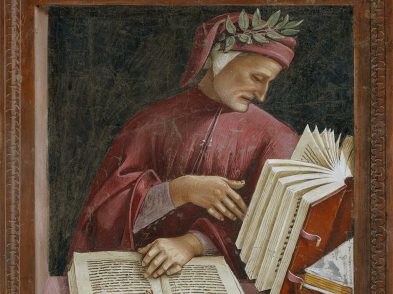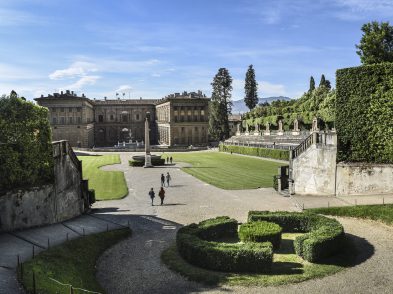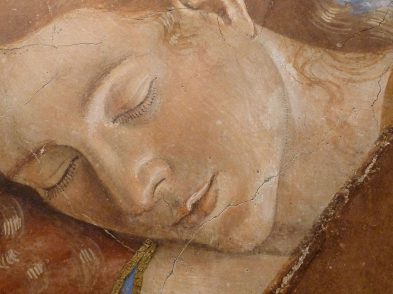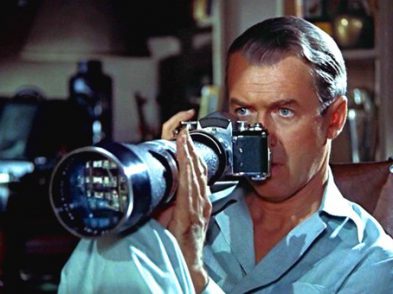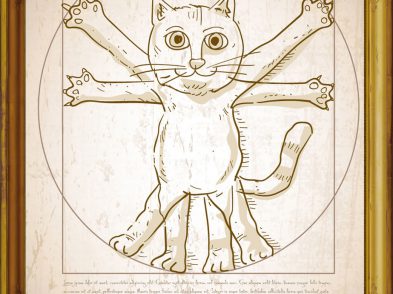Financial industry woes. Credit crisis. Doomsday prophesies. Sound familiar? While some of the elements may seem straight out of today’s newspapers (or iPad apps, as the case may be), the exhibit Money and Beauty: Bankers, Botticelli and the Bonfire of the Vanities now at Palazzo Strozzi takes us back to Renaissance Florence, Europe’s undisputed financial capital.
The Quattrocento characters featured in the exhibition are the usual-Lorenzo il Magnifico, Sandro Botticelli, Beato Angelico, Girolamo Savonarola-though the theme that connects them is anything but. As the contemporary world comes to grips with the near collapse of banking and financial systems and the value shift it has brought about, Money and Beauty explores the forceful relationship between fifteenth-century Florentine bankers and art in the fight for the salvation of their very souls.
Lorenzo de’ Medici and his family were among a number of Florentine families who made their fortunes in banking despite the fact that the Church had an exceedingly strict ban on lending money at interest. Explaining how the Medici and others got around such a ban is part of the innovation of the exhibit, which also includes an interactive game where visitors receive a sum of 1,000 florins to invest and ‘follow’ in the hopes of not only recovering the loan but making a profit, too.
There is no doubt that for many, Botticelli will be the draw, but true to its innovative mission, the Palazzo Strozzi exhibit shines for more than just the exceptional works of art it features. The objects on display in its eight sections-The Florin, image of Florence in the world; Everything has its price; Usury; Art (and mystery) of exchange; International trade: merchants and merchandise; Sumptuary laws; Bankers and artists; Crisis-include everything from tax registers to gold florins, medical handbooks and even shreds of the bloodstained shirt that Duke Alessandro de’ Medici was wearing when he was assassinated in 1537.
The real novelty of this show, however, is its curatorial approach: working with renowned religious-art expert Ludovica Sebregondi is none other than British novelist Tim Parks, author of Medici Money. Nearly every work is flanked by two explanations or reflections, one by each of the curators. As Fondazione Palazzo Strozzi director James Bradburne says, ‘This is not the voice of God coming from on high telling us what we are supposed to be seeing.’ All interpretive content is signed by its respective author, and the short texts often offer very different points of view. For example, whereas Sebregondi provides helpful historical details grounded in her academic training, Parks’ voice offers a fresh take: ‘However pleased the Florentines may have been with the success of their Florin, there is always something scandalous about money.’
This is the kind of energy and inventiveness that confirms Palazzo Strozzi’s role as a contemporary center for the city. In the words of Bradburne, ‘If Florence is to undergo a new Renaissance, then it has to produce culture even while reflecting on its past.’
Which is exactly what Money and Beauty does.


